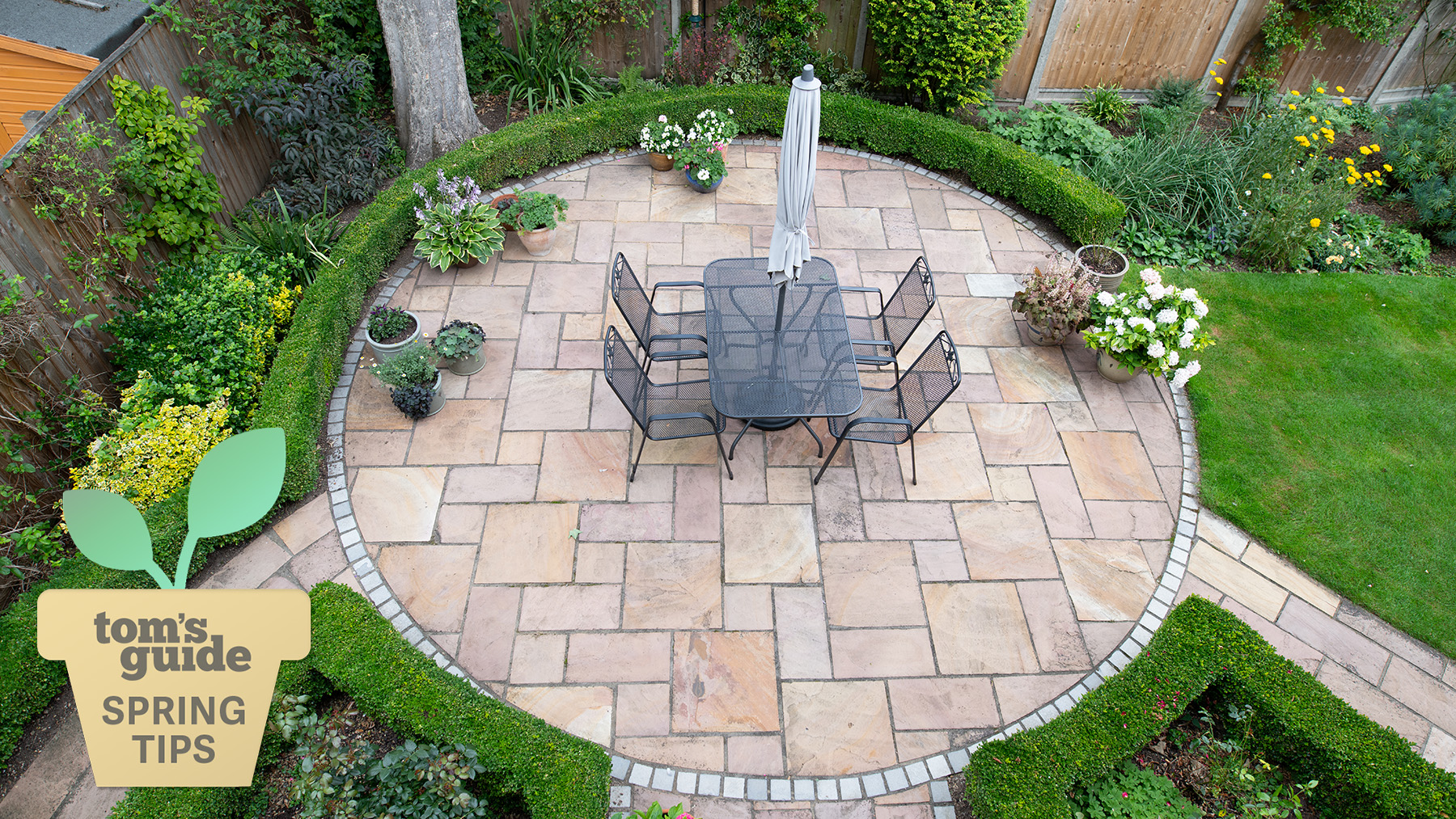
Whether you’re a gardening pro or a complete novice, it can seem overwhelming when you first step into the garden in spring. With so many gardening tasks to complete, it’s hard to know where to start and how long to spend on each job.
So, to reduce your gardening anxiety, we’ve enlisted the help of a gardening expert to reveal 7 garden tasks that are surprisingly easy to complete in under an hour. This way, you’ll feel confident in your ability to tackle each task, leaving you with time to sit back, relax, and enjoy your backyard.
From welcoming wildlife and refreshing pots to lawn and patio care, here are 7 gardening tasks you can do right now. But before you start, be prepared and grab yourself a pair of the best gardening gloves.
1. Tidy up your backyard
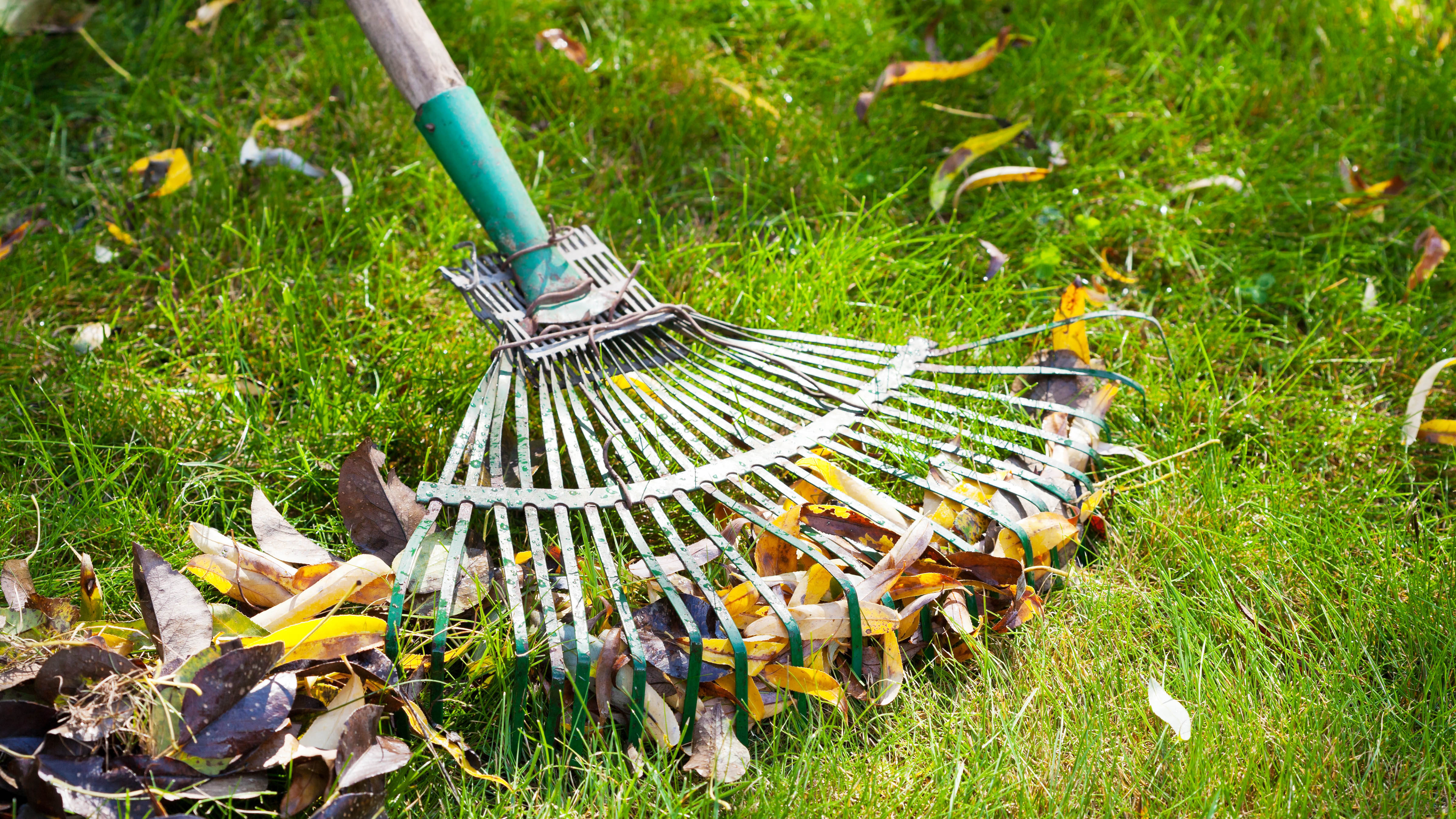
Spring cleaning isn’t just restricted to inside your home, it applies to your outside space too. And it’s one of the first jobs to tackle when you venture out into your backyard for the first time after winter. But if you’ve braved the chill and already gathered fallen leaves, you’ll find the task much easier and quicker!
Speaking in collaboration with Dobbies and Express Bi-Folding Doors, gardening expert Nigel Lawton says, “One of the quickest and simplest ways to tidy up your garden is by removing dead leaves, neatening your beds and borders for the growing season, removing weeds and applying a good layer of mulch over the surface with an organic compost.”
He explains that mulching will tidy up the appearance of your garden, break down into the soil, and give your plants a nutrient boost for spring.
However, the time it will take will depend on the size of your garden, so if you haven’t been maintaining your garden during the winter, choose one task at a time. Concentrate on clearing up the leaves or weeding rather than trying to do everything in one burst. You’ll also save time in the long run if you know which mistakes to avoid when pulling weeds and how to prevent weeds from taking root in the first place.
2. Get pruning
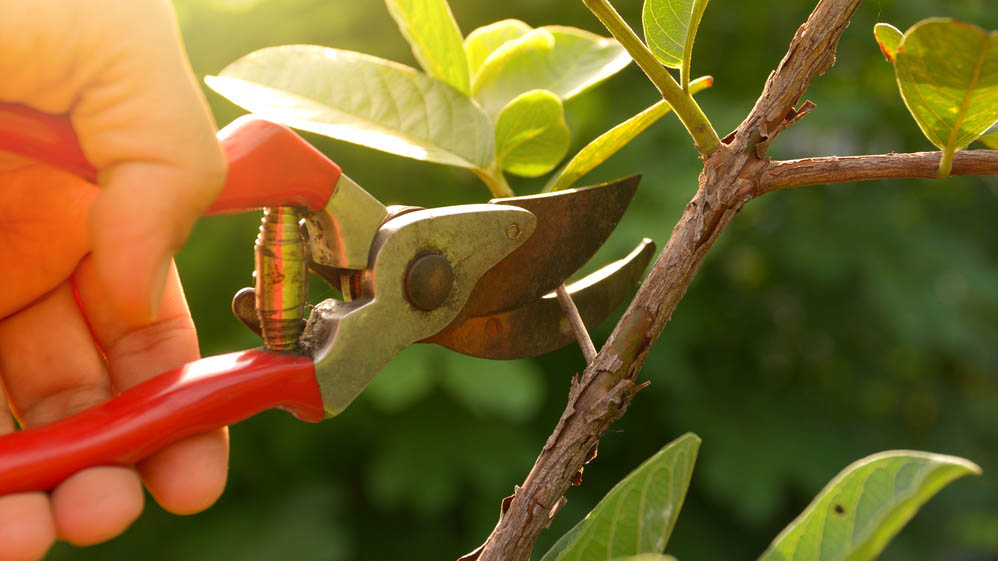
Once you have tidied up the garden and removed weeds, the next step is to trim back any winter flowering plants where blooms have started to fade. “Start by removing any dead, diseased or damaged branches,” says Lawton, “and get rid of any branches that cross over or add pressure against each other.”
You can then prune summer flowering shrubs like buddleia, known commonly as the butterfly bush, for its propensity to attract butterflies to your yard. He also suggests pruning Lavatera, commonly known as Tree Mallow and hardy Fuschias, to allow room for new growth.
Removing dead material can also encourage new growth, while pruning allows you to control the height and shape of your plants.
3. Create a cosy patio
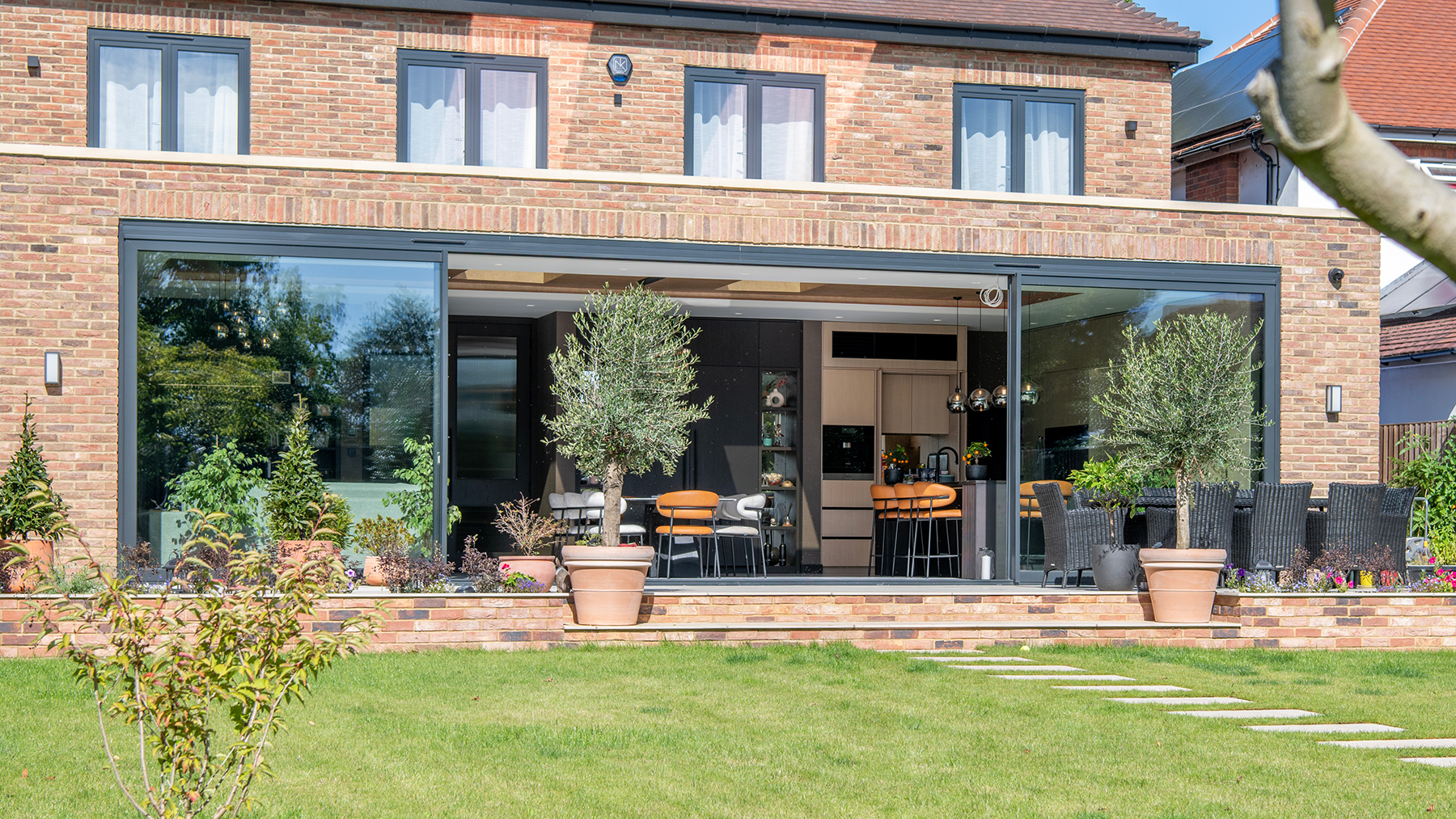
If you have a patio, it doesn’t take too much effort to transform it into a cosy socialising spot. Jade Oliver, interior stylist at Express Bi-Folding Doors says, “If your patio is cluttered with unnecessary items that you no longer use, such as unused furniture, toys or seasonal decorations, put them away and remove any fallen leaves and debris.”
Once it is tidy, Lawton suggests cleaning your patio with a jet wash, which should be achievable in under an hour. However, if you don’t have a jet wash, you can still clean your patio without a pressure washer; it will just take a little longer.
Now that your patio is clean and tidy, Oliver says you should have a clean canvas to create a relaxing and visually appealing space. If you have sliding or bi-fold doors, you’ll benefit from the seamless flow created between the inside and out, making both spaces appear larger.
When you have more time, Olivers suggests adding some patio plants or containers — freshening the outside area with a splash of color. And if you prefer to spend more time relaxing than gardening, she says, “Plants such as succulents or herbs would be a better option for easy care and low maintenance.”
For a final flourish, she recommends hanging string lights and lanterns or placing floor candles around the edge of the patio for extra cosiness, especially if you plan to use the patio in the evening.
4. Refresh your pots
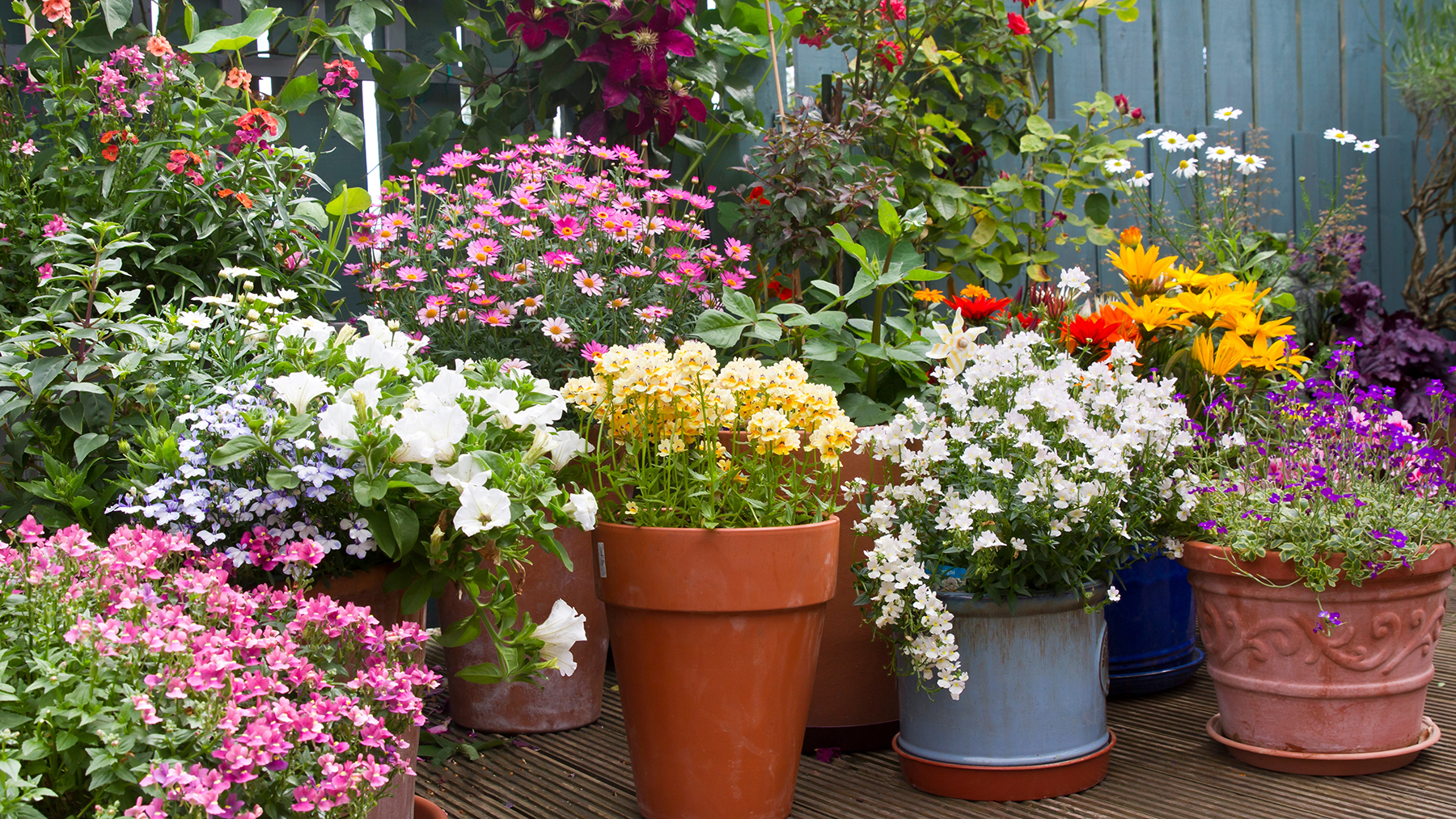
To enjoy instant color in your garden this spring, Lawton recommends refreshing your pots, hanging baskets, and window boxes with early-season flowers for a country-garden effect. One of his favorite ways to make an impact is to focus on color themes in concentrated groupings.
Displays of daffodils, blue primroses, pansies, and violas can be effective in spring to welcome the new season. However, Lawton suggests planting hot colors in shades of red, orange, and pink for the warmer months.
I always pick bright red geraniums and plant them in window boxes and containers. As a bonus they are easy to look after. I make sure they don’t dry out, and I snip off any spent blooms, using a pair of the pruning shears to keep them tidy and to promote new growth.
To give your pots a makeover for spring, Lawton suggests taking stock of what you already have and reorganising them for a fresh look, advising, “Sets of three works well and will allow you to create an impactful display with small, medium, and large plants of different heights beside your door.”
One of my first weekend jobs as a teenager was working at a florist, where I learnt to arrange floral bouquets abiding to the odd number rule. I was taught to work with flowers in sets of 3s, 5s, and 7s. And it seems, the same rule applies across the whole of design.
5. Take care of your lawn
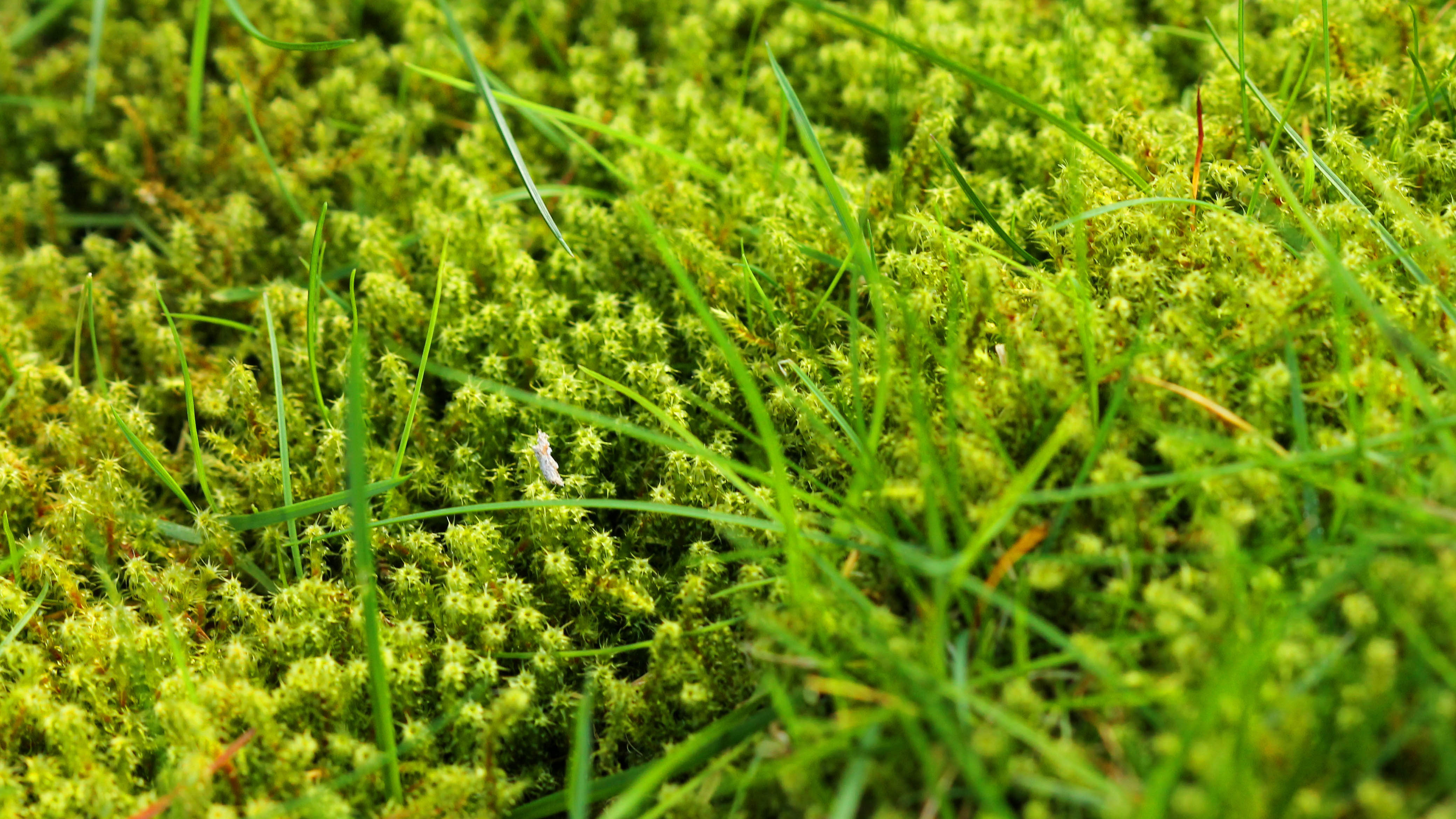
Another task you can do to spruce up your garden is taking care of your lawn. Depending on the weather in your Zone, early spring is the time to get your lawn ready for planting grass seed, by cultivating your soil and ensuring the area is level and firm. But before you do anything, clear out any debris from your lawn.”
Lawton says, “As we get into spring and the weather heats up, you can begin to rake out moss and dead grass. Other lawn treatments should only be used in late spring once temperatures rise, as during the colder months, the grass is still quite tender, which can cause damage.”
6. Welcome wildlife
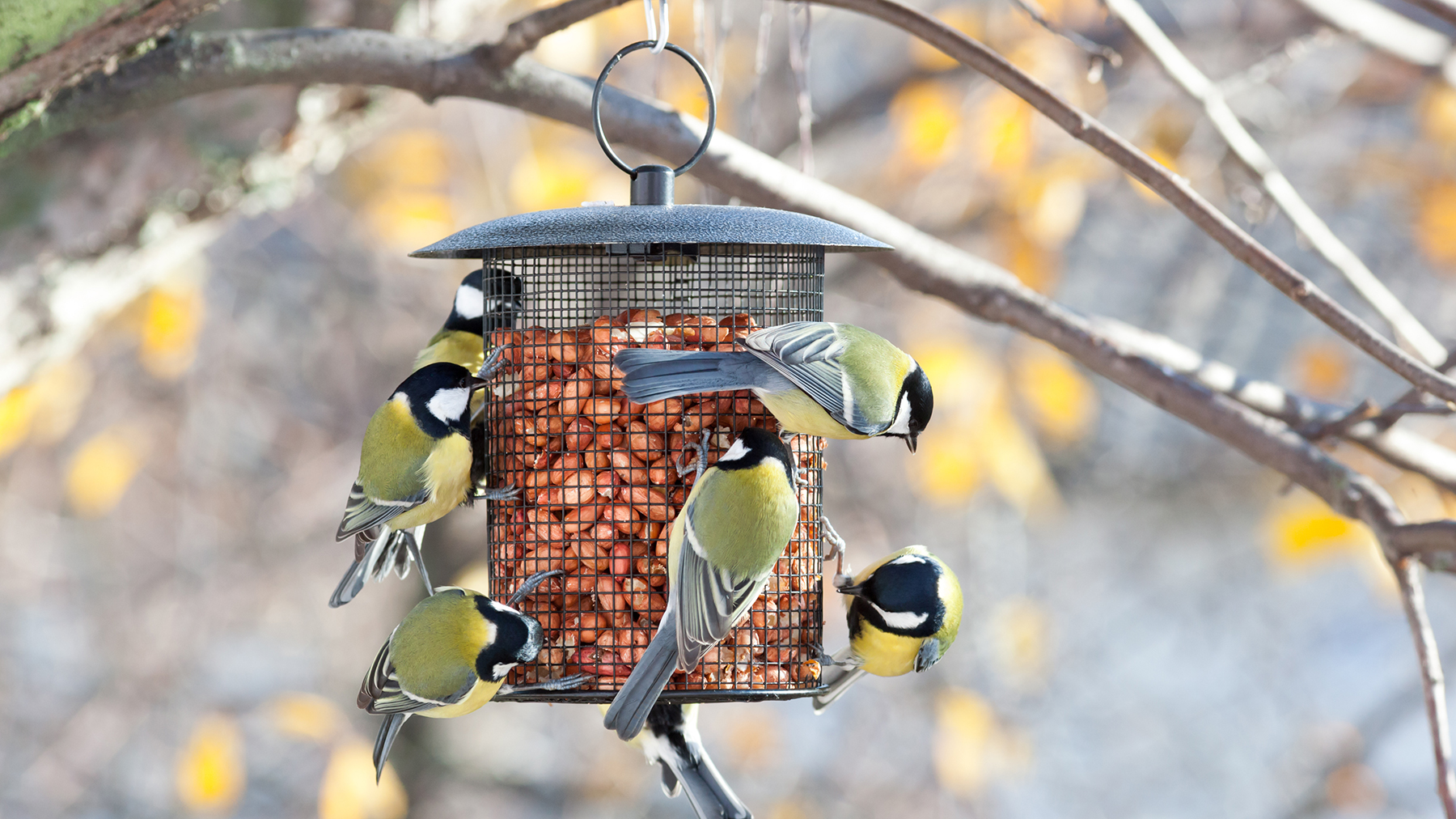
Spring is when many small animals come out of hibernation, and new birds hatch into life.
To ensure your garden is a safe space for wildlife, Lawton suggests dedicating a small section of your garden to create a wildlife-friendly habitat with plants that will attract butterflies and other pollinators to your yard, while providing places for small animals and insects to shelter. “You can create a safe space for them by stacking branches in a shaded spot to help protect them from the elements,” he says.
There are many benefits of a wildflower garden, apart from providing food for wildlife and insects, if you grow native plants, they are hardy and require minimal effort to grow.
Another quick win to encourage wildlife into your yard is to introduce bird feeders. Hang them from tree branches where they are protected from prey. A bird bath is another good option as it will provide them with a place to drink and cool down in the warmer months.
7. Design your beds and borders
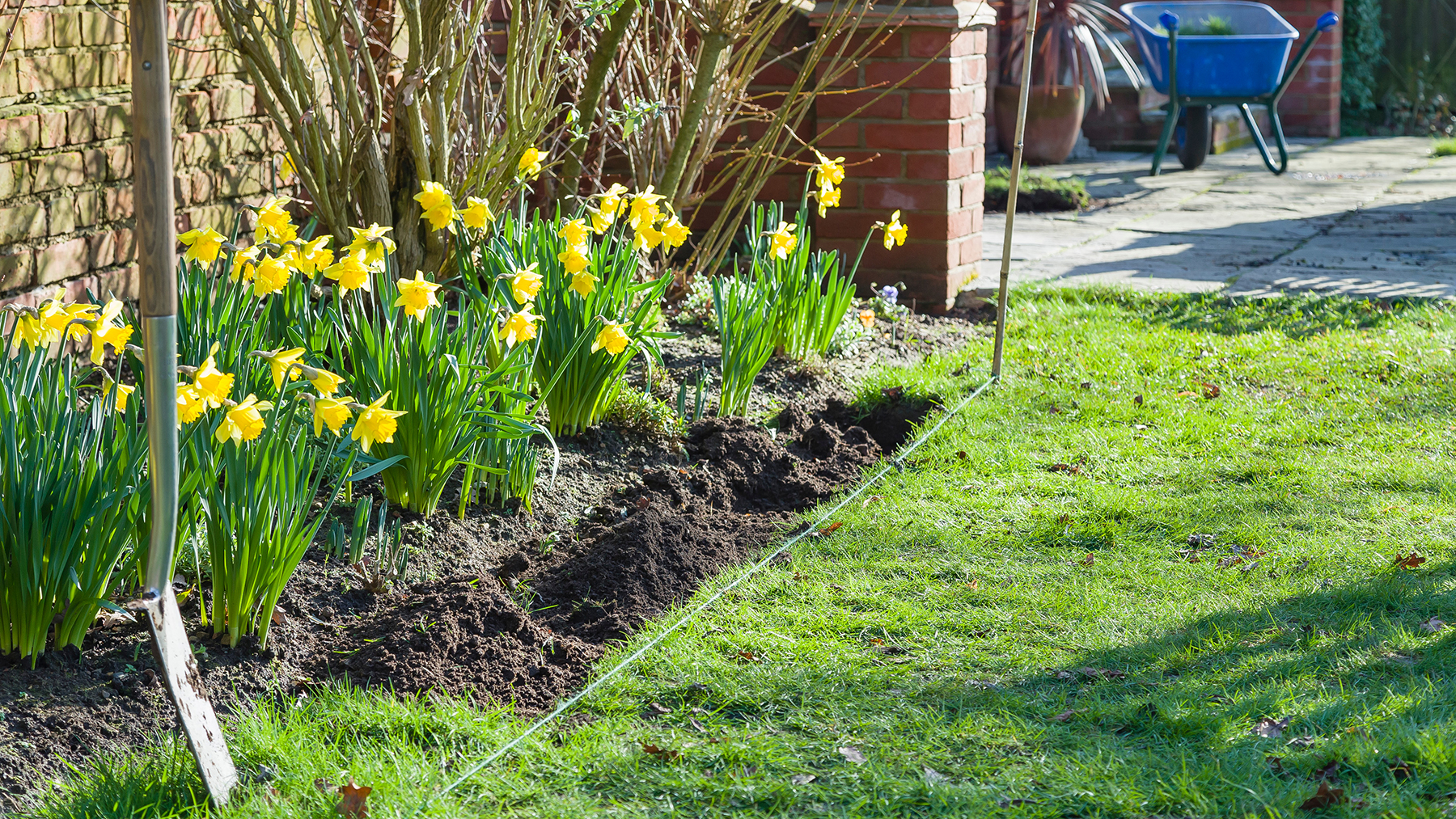
Put away your gardening tools and take a moment to consider the design of your beds and borders. Start by walking around your garden to assess the space available for new beds or consider where existing beds can be reshaped.
If you are planning new beds and borders, check the sunlight exposure and quality of soil, as these elements will help you choose suitable plants for the conditions.
Then, once you have decided where you want to create new beds, work on the shape. Oliver recommends keeping it simple by choosing rectangular or curved shapes, which are easier to work with and will complement the overall garden layout.
I have a mix of both in my garden and although straight lines can appear formal, they create a strong structure and can be softened with planting, if desired.
Once this is complete you can decide, which plants to add to your newly planned beds. For instance, you might be looking for plants that will thrive in the shade or plants that grow in clay soil. It's also worth being aware of which Plant Hardiness Zone you live in to discover which plants suit your location.







